1. Formula graph self-attention network for materials discovery (Finder)
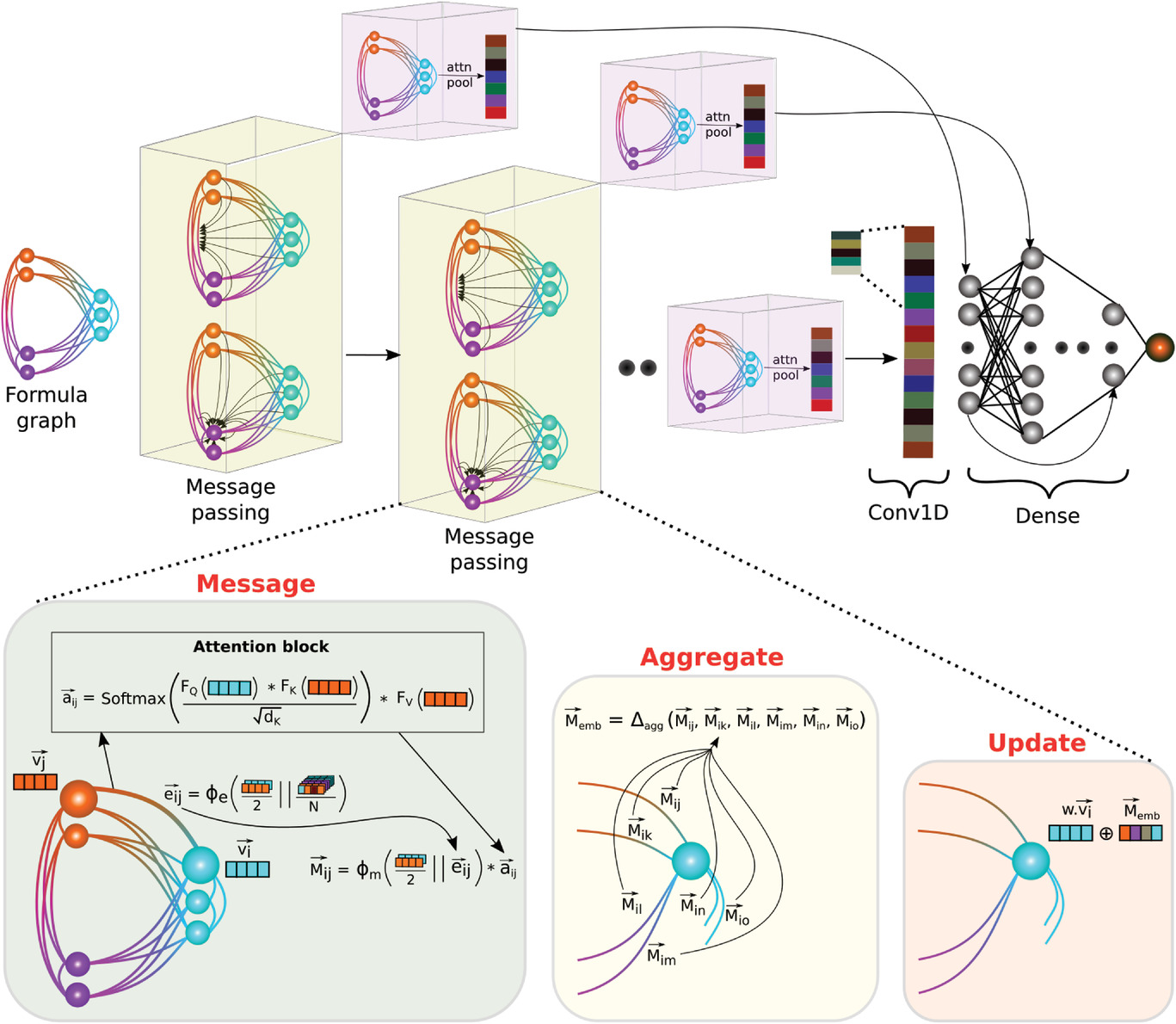
Machine learning (ML) has entered materials science arena
as a fast and accurate tool for materials property prediction. Such ML models expect materials to
be represented in numeric format (vector or array), also known as the material representation or
descriptor. Two types of material descriptors exists, one that encodes crystal structure details for
and the other that only uses chemical composition information with the hope of representing hypothetical
compositions and discovering new ones. Recently, graph neural networks (GNNs) have shown excellent
performance
in predicting materials properties, typically outperforming classical ML algorithms. In this project, I
developed a
novel GNN architecture (named Finder) that integrates self-attention mechanism for predicting the
properies of materials
using their chemical composition or crystal structure. The proposed model displayed better performance,
faster convergence
and better domain transferability compared to some other state-of-the-art GNNs on materials benchmark
datasets. Finder is listed as a high performer on Matbench
benchmark suite leaderboard
maintained by Bekerley Lab, USA.
2. Analogical materials discovery (Analogmat)
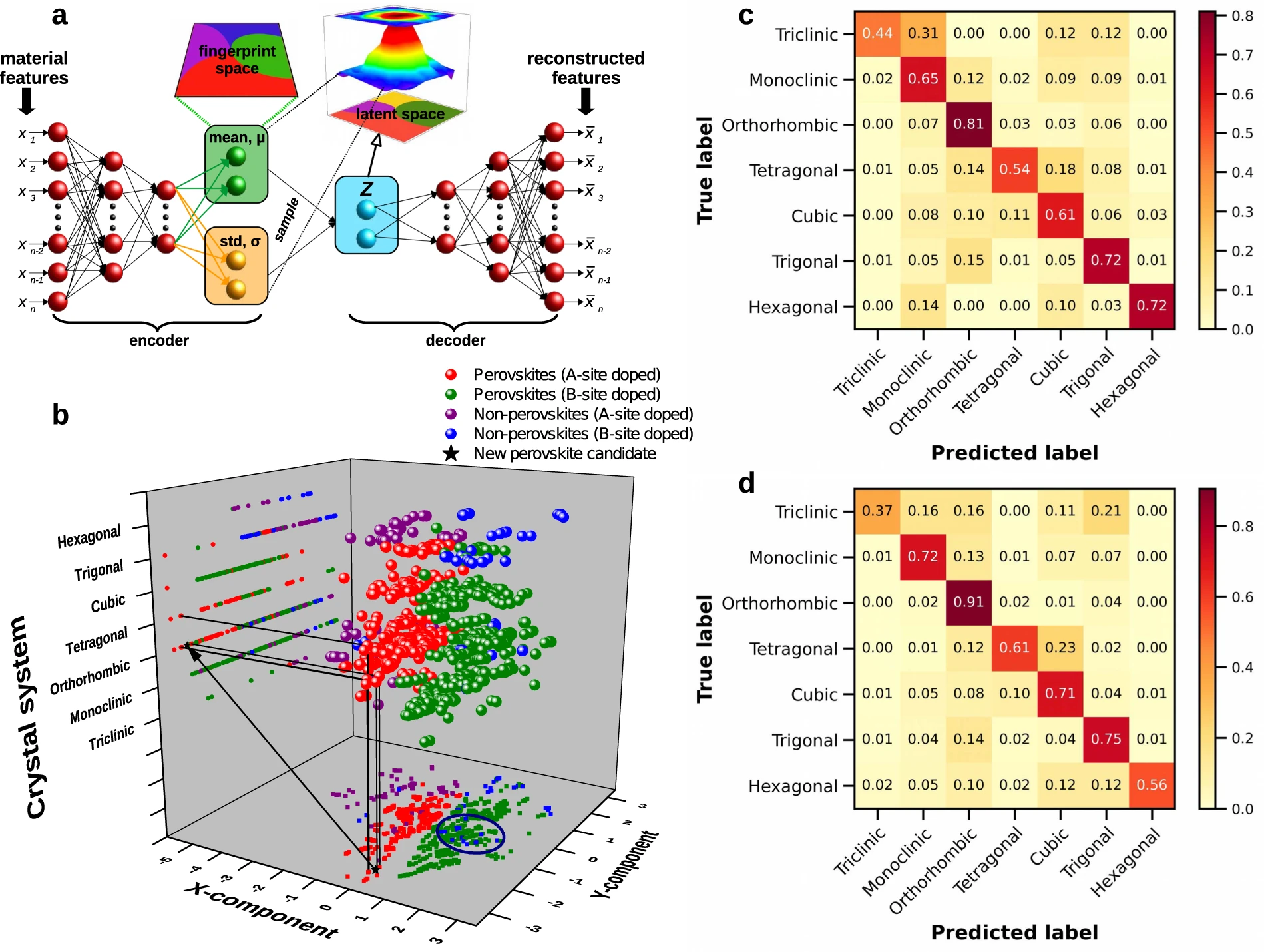
Material fingerprinting allows to quantify materials analogies by computing a distance metric between
fingerprint vectors. In this project, I developed an unsupervised variational autoencoder (VAE) to
extract the fingerprint (latent embedding) of perovskite-oxide type materials. Such materials have a
broad range of applications including photovoltaics, tunable devices, solid oxide fuel cells, etc.
However,
many industrial materials contain the element lead (Pb), causing hazards and environmental issues. Here,
I
found that ML-derived
material fingerprints can be applied to discover eco-friendly sustainable alternatives to Pb-based
industrial ceramics.
3. Open Database of Dielectric Ceramics (ODDC)
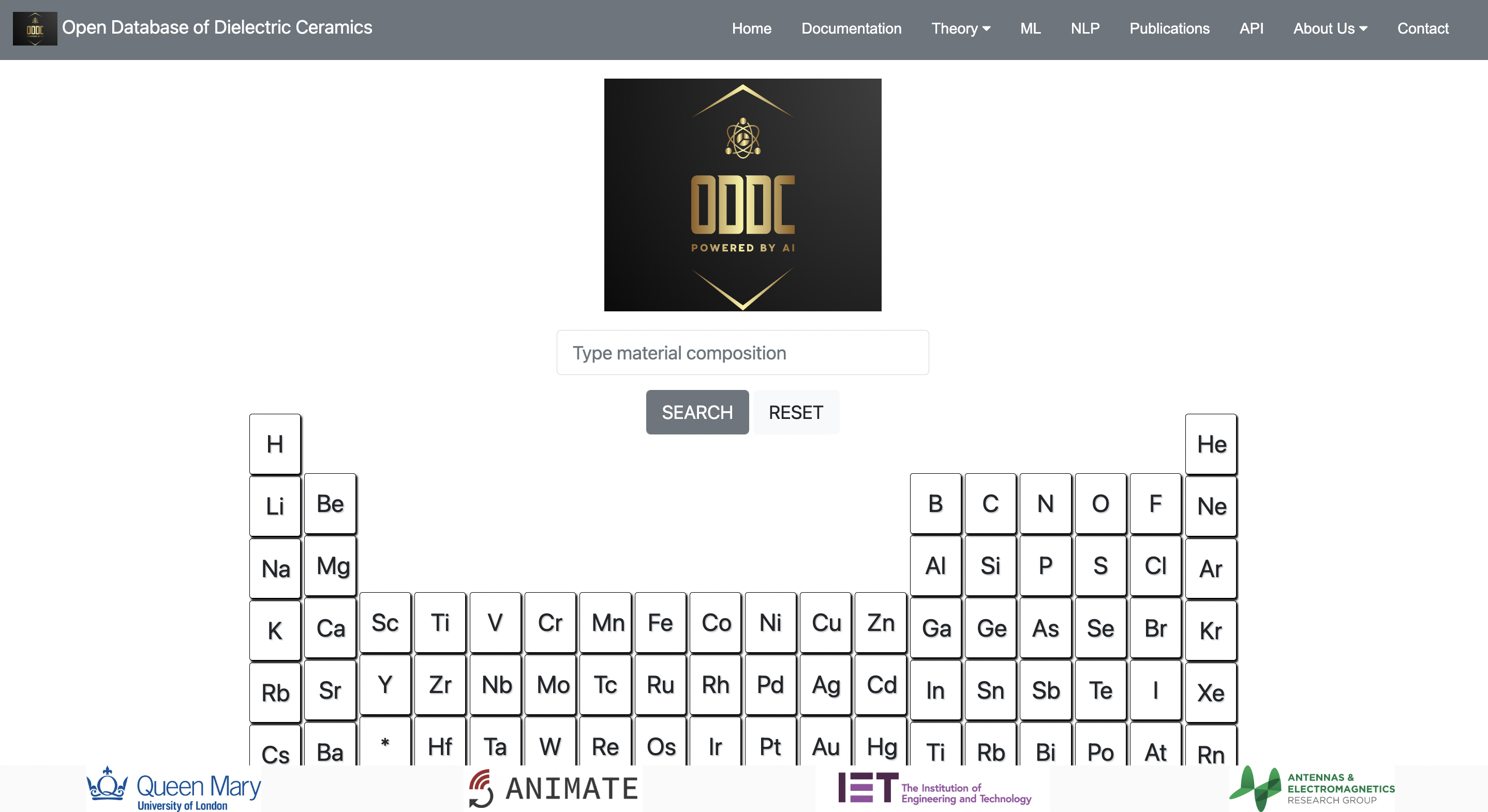
This is an ongoing project that involves developing a comprehensive experimental database of dielectric
ceramic materials
and their properties (e.g., dielectric constant, Q-factor, TCF). Currently, such data is dispersed over
the literature and a centralised repository for dielectric materials especially over a wide measurement
frequency
range (1kHz - 10GHz) does not exist. Here, I apply Natural Language Processing (NLP) tools and
ChemDataExtractor
package to automatically extract data from literature and the database will be hosted online with free
and open
source access. A standalone version of the Finder ML model will be integrated to the web interface for
convienient prediction of material properties, which can particularly be useful to the researchers
outside of the field of ML.
4. AIMat software for predicting microwave properties of dielectrics (AIMat)
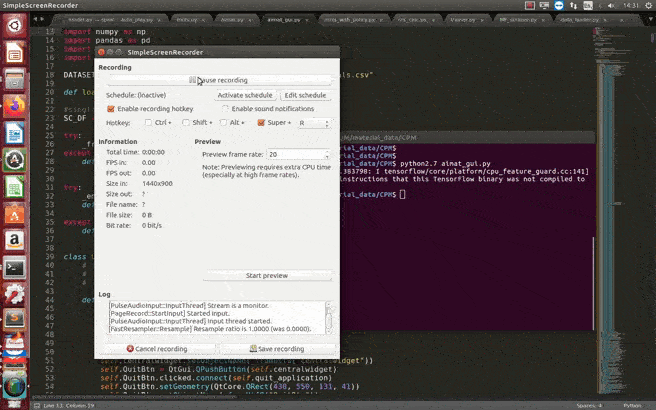
The objective of this project is to predict the dielectric constant, Quality factor (1/loss tangent) and
the temperature
coefficient of resonance frequency of (1-x)A - xB type alloyed compositions where A and B are two known
dielectric materials and x is the mole fraction of B. Such materials can be intruguing candidates for 5G
resonators. Predictions are made by three inter-dependent deep neural
networks. 5G materials require a high quality factor (low loss) and moderate
dielectric constant (around 5), and a temperature coefficient near zero. A user friendly software is
developed so interested researchers can choose constituent materials from hundreds of available
materials in our database and get an idea of how the properties will look like when the selected two
materials are mixed at a given ratio. Additionally, users can set target properties and apply genetic
algorithm optimisation provided in the repository to inversely discover new materials that fit their
purpose.
5. Reinforcement learning for coding metasurface optimisation (MetaZero)
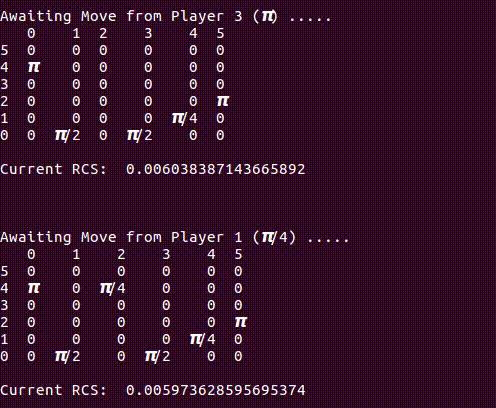
Metasurfaces are artificial composite materials with subwavelength thickness. They are made by arranging
unit cells (aka coding elements) of different shapes and sizes in a grid-like structure. Metasurfaces
can be used to manipulate electromagnetic waves by configuring the location of coding elements. In this
project, the objective is to minimise the Radar Cross Section (RCS) of a coding metasurface. For
instance, the
surface of military aircrafts may be fabricated using a metasurface with very low RCS so they are less
detectable by radar signals. Here, three types of coding elements with phase response pi/4, pi/2 and pi
are used. The problem is mapped to a 3-player game where each player trys to make a move, that means
placing their coding element on the metasurface grid, such that the overall RCS is minimised. I used
reinforcement learning with monte carlo tree search to optimise the coding sequence, inspired by
AlphaZero algorithm by DeepMind. It can be seen from the demo above that the RCS is generally reducing
after each move. The game terminates once the whole grid is filled.





